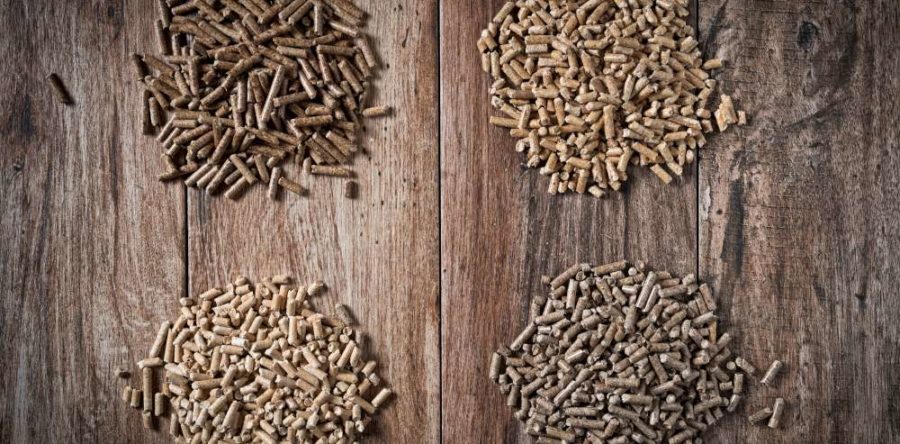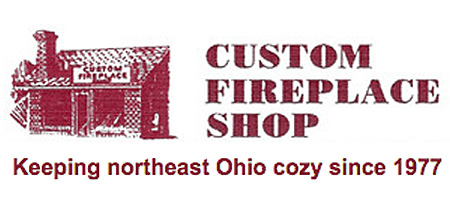Pellet stoves represent a convenient, ecological and elegant option while allowing for reduced heating bills. But do you really know what wood pellets are all about? From the raw material to the finished product, here is a brief portrait, in six simple facts.
1- Less humidity than traditional firewood
During the production process, wood pellet manufacturers reduce the percentage of moisture from 50% to less than 10%. A rate below 20% is generally recommended for optimal efficiency in traditional firewood.
2- No chemicals are used to bind the various wood residue
Instead, they are compressed. Their great adherence comes mainly from lignin, which is one of the most abundant plant-derived polymers in the world. It is found in almost all dry-land plant wall cells and it acts as a good bonding agent once the sawdust is compressed into pellet.
3- Supply sources are multiple, thus increasing its ecological potential
Residue not only comes from sawmills, wood transformation manufacturers and timber harvests, but can also originate from forests damaged by fire, insects or disease. Sawdust, now used in the production of pellets, used to be considered as waste. Therefore, pellets can be seen as a perfect example of recycling, for the benefit of both the homeowners and the environment.
4- Spring is the best time to purchase pellets
As with firewood, certain times are more favorable for purchasing pellets. Spring is recommended for both. Firewood requires a minimum of 6 months, in order to properly dry and generate superior performance. As for pellets, buying them in the spring will insure lower prices and, should it be the case, avoiding shortages.
5- Both softwood and hardwood pellets are equally effective
Hardwood, or deciduous species, are generally recommended for heating with cordwood fireplaces. However, that is not the case when it comes to pellets. Whether it is softwood or hardwood, once transformed into pellets, both present the same density, thus offering a comparable calorific capacity in BTU per pound, regardless of the wood specie. The difference in products is mainly due to the quality of the wood, not so much the type. Hardwood pellets tend to produce more ashes than softwood. Therefore, it is preferable to go with a softer wood type, even if it can sometimes be more costly to purchase.
6- Europeans are fond of our pellets
To fulfill an ever growing demand, Europeans import pellets mainly from Canada and the US.










